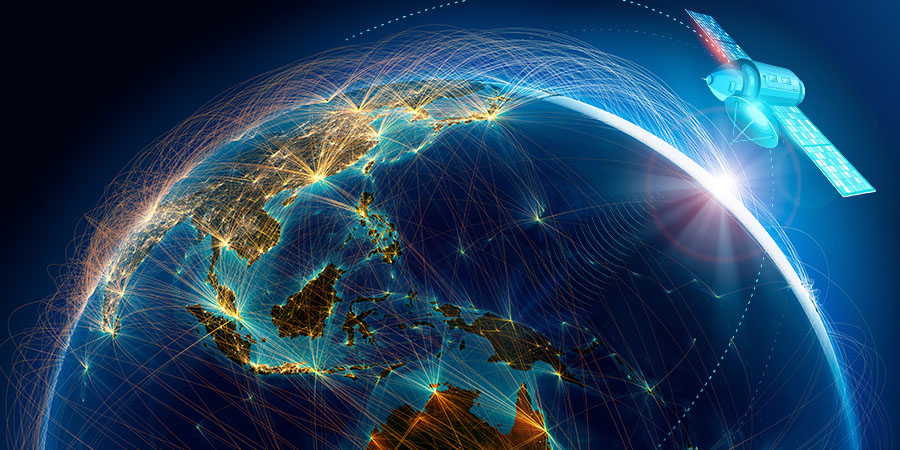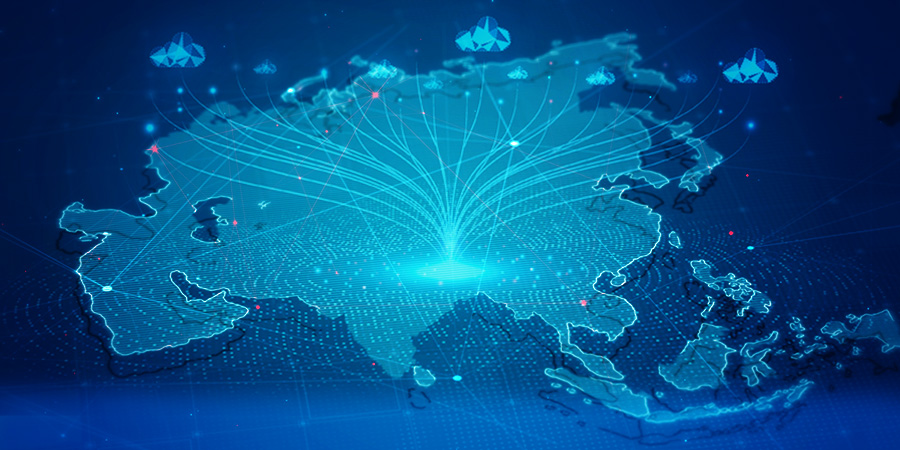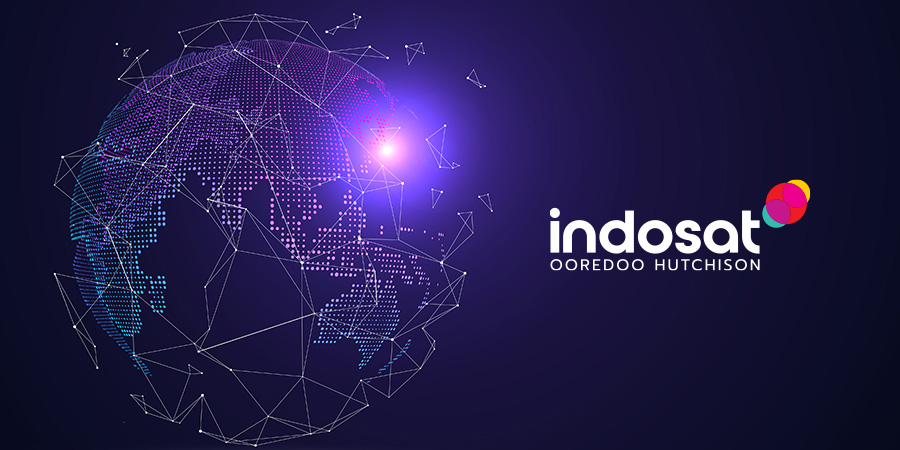Satellite communication is transforming connectivity across the Asia-Pacific region by bridging geographical barriers and connecting diverse communities. The expansion of satellite coverage has allowed previously isolated countries to share information instantly, bringing essential resources and opportunities to remote areas.
Featured Articles
Utilizing the Full Potential of Cloud Services Without the Extra Cost
ExpiredThe global landscape of information technology is constantly evolving, and organizations in Asia are increasingly turning to cloud services in order to streamline their operations, improve their flexibility, and increase their overall efficiency. It is possible to gain tons of benefits from the implementation of cloud services, which, in turn, revolutionizes the way in which enterprises function and handle their data. It is essential for organizations to strike a balance between maximizing the benefits of cloud computing and avoiding the costs associated with it as they embark on their journey toward cloud computing.
The Role of Artificial Intelligence in Driving Digital Economies in Asia
ExpiredThe foundations of digital businesses in Asia are being gradually reshaped by a technological revolution. One of the driving factors behind this revolution is artificial intelligence (AI). AI is an effective tool that can be leveraged to promote innovation, efficiency, and growth across a wide range of businesses. During the process of embracing AI, businesses in the region are not merely adopting a new technology; rather, they are ushering in a technological advancement that has the potential to redefine the whole aspect of their commercial and industrial operations.
Asia-Pacific Dominates the Telecom Landscape with Rapid NFV Adoption
ExpiredAsia-Pacific is driving the telecommunications industry forward by adopting Network Functions Virtualization (NFV), a transformative shift that is reshaping the sector. Telecom companies in the region are taking a proactive approach and embracing NFV technologies as part of their digital transformation. NFV enables operators to improve agility, optimize resources, and quickly deploy innovative services. As Asia-Pacific becomes a leader in digital transformation, NFV becomes a crucial component, providing a flexible and scalable infrastructure that positions the region at the forefront of global telecom innovation.
Unlocking the Potential of Autonomous Data Management in Revolutionizing Operations
ExpiredIn most businesses and operations, data has emerged as an essential component that drives innovation, efficiency and strategic decision-making. Data can provide insights into market trends, customer behavior, and the dynamics of the sector, which is the foundation for strategic planning. Moreover, by using data-driven analysis, businesses can make informed decisions when developing new products, expanding into existing markets and distributing resources.
Indosat Ooredoo Hutchison: A Leader in the Asian Telco Industry
ExpiredOver the years, technology has evolved at a rapid scale, breaking barriers and overcoming boundaries. Through these innovations, the world has progressively become more connected and accessible. Digital transformation has acted as a catalyst for reshaping various industries, which subsequently improves consumers’ experience.
Building Digital Skills for the Future of Work in Asia-Pacific
ExpiredThe digital revolution is currently shaping businesses and work in the Asia-Pacific region. This rapid transformation is reshaping industries, causing job roles to evolve, bringing forth new opportunities. To stay competitive and prepared for the future, it is crucial to develop digital skills.
High-Speed Data: Dealing with Data Latency and Improving Operational Efficiency
ExpiredData has played a vital role in the formation of our society, driven by the progressive growth and development of technology. It has evolved into the lifeblood of modern devices and enterprises, driving global progress.
Telecom Review Excellence Awards 2023: Indosat Ooredoo Hutchison Seals Telco Leadership with Best Asian Operator Win
ExpiredAs a wrap-up to the 17th edition of Telecom Review Leaders’ Summit, Telecom Review Group organized the 12th edition of its Excellence Awards ceremony to recognize exceptional global and regional companies, along with industry leaders, for their innovative initiatives and influential contributions throughout 2023.
Indosat Elevates to Next-Gen Operator Status through Strategic Digital Transformation, Pioneering Future Technologies
ExpiredIndosat Ooredoo Hutchison (Indosat or IOH) has transformed from a traditional telecommunications company to a technology-driven company, also known as a techco. This transition reflects Indosat’s commitment to embracing change and innovation in the rapidly evolving digital landscape. By integrating advanced technology and digital solutions into their core operations, Indosat aims to provide marvelous digital experiences and connectivity to their customers. This strategic shift has been successful, positioning Indosat as a pioneering player in the Indonesian telecommunications industry and boosting digitalization in the country.















